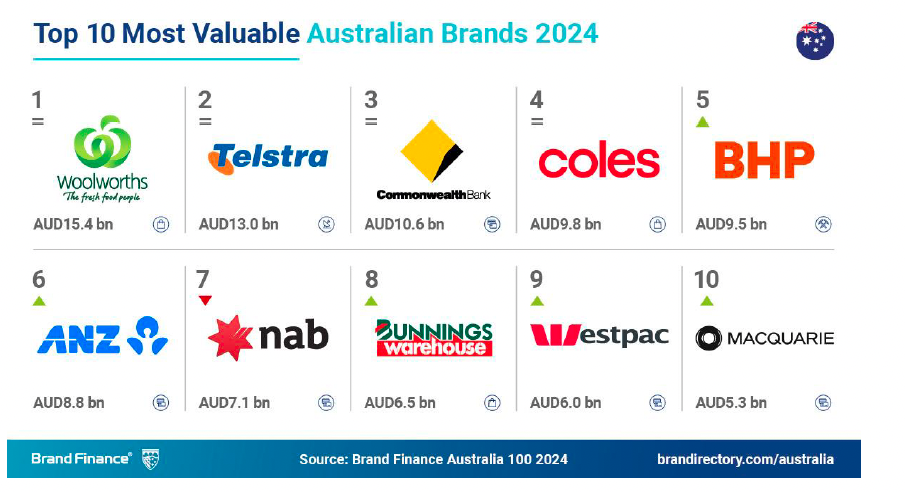Get your ideas heard. Tell your story!

Contributed by Chris Meredith

I confess I’m not a power point fan.
Somehow, in the world of business, we’ve developed the habit of clicking onto power point as the instinctive start-point for writing a presentation. And worse, when the power point is finished, we assume that the presentation is ready.
“Got a PowerPoint? Then you’ve got a presentation” seems to be the motto.
The issue is that we’re not wired to listen and learn through dot points or flashy graphics. Humans learn through stories. And it means that great ideas often get lost in the quest for the perfect power point presentation.
Neuroscience proves that storytelling works
In a recent experiment by Professor Uri Hasson of Princetown University, magnetic resonance imaging (MRI) was used to map how the human brain responds to different types of information, especially stories. This reveals that, even across different languages, our brains show similar activity, or become “aligned,” when we hear the same idea or story.
As Professor Hasson puts it: ‘It’s as if we have a device to transmit memories, dreams and ideas into other people’s brains”(1)
What makes a GREAT story?
We all instinctively know what makes a great story – after all, we’re all natural storytellers! When describing ‘that terrible day at work’ or ‘ the crazy dude at the bus stop’, we all know how to enthral an audience with the right details and the gritty emotions that we’ve experienced.
But in business, it all seems to go out of the door.
Real stories are about people. Stories take the audience on a journey. Stories share a struggle or dilemma that the central character has to navigate. They may be setbacks, there may be mini-victories along the way. We love stories because we connect with different characters, identify with the central issues that the story explores and we can learn from the way the hero or central character makes choices.
Stories and storytelling define what humans are all about.
The art of rhetoric – and a quick trip back to ancient Greece.
According to Aristotle’s theory of rhetoric, people are influenced when a speaker brings together three different skillsets:
Logos – the power of the logic of your argument (are the right facts and figures used at the right times? Does the argument follow a logical structure)
Ethos – the extent to which the speaker commands authority (is the argument delivered with confidence, does the speaker have the right credentials?)
Pathos – the emotional connection you make with the audience (does it excite them and get their pulses racing?)
It all means that simply building up a structured PowerPoint deck ignores the opportunity to connect emotionally and to command the respect of the audience.
And a well-structured story brings together logos, ethos and pathos.
First up – explore a few different story ideas
The best stories have a strong creative element. They shed new light on the issue by looking at the issue from a fresh perspective. It means it’s really helpful to play with the issues and ideas up-front before alighting on a specific story structure. This may seem like a distraction from the storytelling task but it’s a vital step to release your intuition and inner creativity.
The more important the presentation, the more important it is to play with a range of approaches up-front.
Here are my four tools for storytelling playtime. I’d suggest using all of these as a warm-up exercise before putting anything firm on paper. (I call these my “Storytelling 4P’s’).
What’s the plot line?
Summarise your core message in 12-15 words. What do you want the audience to remember after you’ve finished speaking?
Picture
What image brings your story to life? Is there a family snap or a cartoon that captures the core point of your story? (Top tip – look for a metaphor or analogy. If you’re pitching for investment in a project, avoid an image of a pile of bank notes!)
Point of interest
What is the hook or detail that will draw the audience in? Was there a pivotal moment when your thinking was crystallised? Did someone say something that really shaped the way you’ve to build the story? (Use this as an opening anecdote)
Plan of action
What do you want your audience to DO after they’ve heard your story? Audiences need leadership. They want you to guide them and help them understand how to respond. Crystalize a clear plan of action that will challenge the audience to behave in the way that YOU want.
When playtime is over, scribble down a few thoughts. What is this story about? (Really really about?). How will you make it interesting? How will it be structured in a way that keeps the audience enthralled?
Then review – look back at your notes – what’s exciting or interesting? What gets you excited personally? These are the nuggets to use as the starting point for your story.
Now grab some blank cue cards
Cue cards are not PowerPoint charts. Cue cards are physical bits of cards about the size of a postcard. They’re ideal for sketching out a story because they’re not big enough for any detail and they can be shuffled around or ditched as new story ideas emerge.
And importantly, cue cards don’t have to be shown to the audience.
My favourite structure for sketching out a story is to use the SCQA model. (Situation, Complication, Question, Answer). It’s a super-simple publicly available model that captures the essence of any story because it challenges the storyteller to identify a central question or dilemma that the audience will connect with. Audiences love this stuff. It draws them into your world.
(NB This model is very different from the structures that are often used in business. Structures such as ‘Background, Objectives, Strategy, Plans, Recommendations’ are predictable and linear – they invite the audience to tune out and check their e-mails. Yaaawn!!)
So, to get the ball rolling, grab four cue cards and write down:
Situation – where are we today? (Use language that will get the audience’s heads nodding in agreement)
Complication – what’s happened to disrupt the situation? (dramatize a recent event to make the issue seem urgent)
Question – what central question or dilemma do we have to resolve to restore the status quo? (a well-structured question gets the audience thinking ‘that’s a tricky question – we need to have it resolved)
Answer – your pathway forward – how the question or dilemma should be resolved.
And ‘ta-daaaa’!!. You now have the bones of the story. All that needs to happen next is to flesh it out. For example:
What else needs to be added to the situation to make it seem credible?
How can the ‘complication’ be dramatized so as to build audience engagement?
What options does the ‘question’ suggest?
And how can you spell out the answer in a way that leaves room for the audience to explore and consider for themselves?
Summary
Stories (not PowerPoint) are how humans listen, learn and connect. They are the key to getting your ideas heard.
Well-structured stories draw on the power of Rhetoric by combining logos, ethos and pathos (logic, authority and emotional connection)
Stories are about people and the struggles they’ve faced and the journeys they’ve been on. In business, the central character of your story is YOU – the audience needs to understand your story in relation to the topic.
Facts figures and data points work like props to bring the story to life. But by themselves, facts and figures are not stories. More facts do not mean a better story. Use them selectively to illustrate key points.
PowerPoint destroys telling energy. After a certain point, each extra power point chart dilutes and detracts from your core message.
Find out more. To find out more, contact Chris Meredith at www.chrismeredith.com.au

About Chris Meredith
A speaker, writer, trainer and storyteller, Chris works with many of the world’s most successful companies to help them create capture and communicate great ideas. His training programs include Story Telling for Business, Creativity at Work, Winning Insights and How to run kick-ass workshops.
When not at work, he co-hosts a weekly podcast “The Common Creative” which aims to lift the veil on unlocking creativity in the workplace.
Sources:
The Science and Power of Story Telling. Professor Uri Hasson, Princetown University,The Journal of Neuroscience 31st Oct 2018, https://www.jneurosci.org/content/38/44/9468.abstract
Aristotle’s Art of Rhetoric, Robert C Bartlett, University of Chicago Press, 2019, Link
The Common Creative Podcast. Chris Meredith and Paul Fairweather, Link





